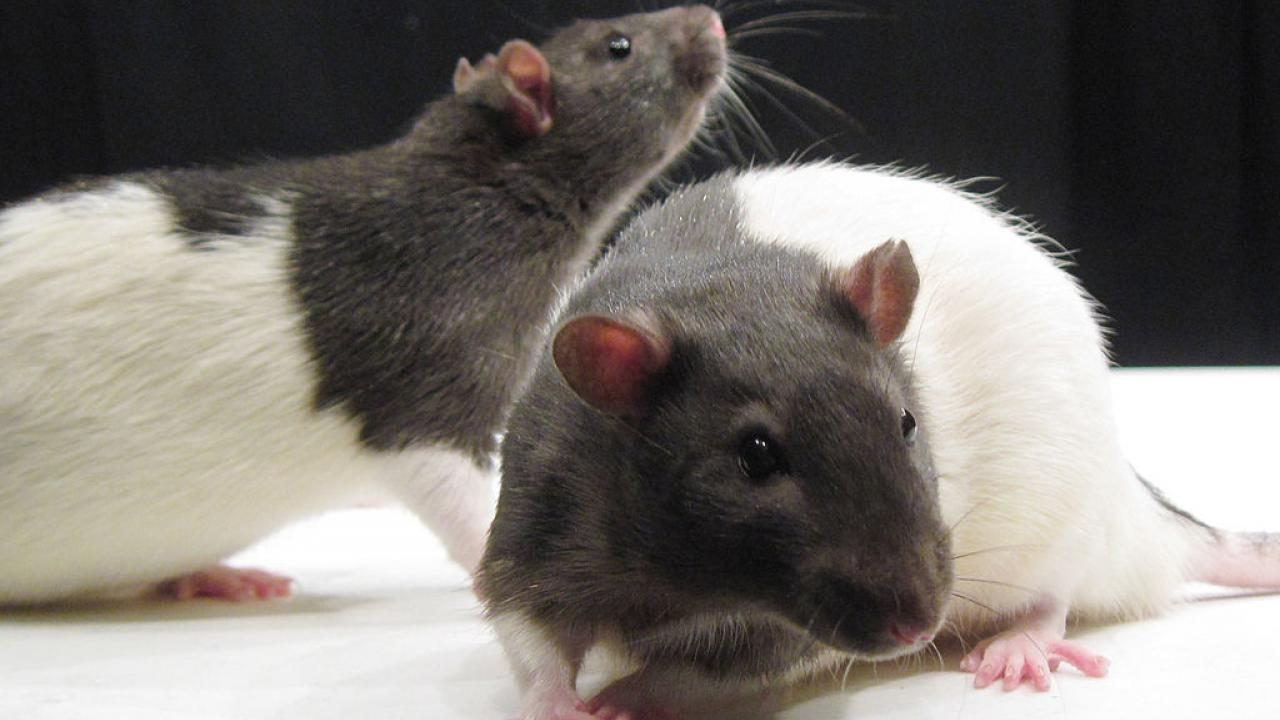Quick Summary
- After spinal cord injury, brain adapts to reroute nerve signals
- Rats can recover some involuntary movement with rehabilitation treatment
A new study in rats shows that changes in the brain after spinal cord injury are necessary to restore at least some function to lower limbs. The work was published recently in the journal eLife.
“After injury, the spinal cord cannot go back to its original state before the injury. If an animal receives rehabilitation therapy, we now know that the spinal cord will go to a new state that supports functional recovery. Under these conditions, the brain must also change and relearn to communicate with the new state of the spinal cord,” said Karen Moxon, professor of biomedical engineering at UC Davis and senior author on the paper.
Moxon and colleagues used a combination of physical therapy (cycling and semi-load bearing treadmill training) and treatment with the drug serotonin, which stimulates nerve cells, in rats with a severed spinal cord that could not voluntarily move their hind legs.
The rats partially recovered their ability to move their hind limbs while on the treadmill and were even able to take consecutive, independent steps, the researchers found.
This occurred without healing of the break in the spinal cord. Instead, the nerve cells above the break appear to have rerouted their outputs to control muscles running down the animal’s trunk that span the break, Moxon said. Brain areas that previously controlled the legs instead stiffened these back muscles.
Stiffening these muscles allowed the rats to lift their hindquarters such that the leg muscles and the spinal cord below the break could make simple, repetitive leg movements resulting in the animal supporting its own weight and taking independent steps.
The results show that the body can, to some extent, work around a break in the spinal cord without having to repair it, Moxon said.
“The system can find ways to bridge that lesion, up to a point,” she said. However, the rats are still not capable of voluntary movement of their hind legs — only reflexive movements.
In future work, Moxon hopes to connect the reorganized brain circuits to leg muscles through a brain/machine interface to restore voluntary movements.
Co-authors on the study are Anitha Manohar, Drexel University, Philadelphia; and Guglielmo Foffani, Universidad CEU-San Pablo and Hospital Nacional de Parapléjicos, Toledo, Spain; with Patrick Ganzer and John Bethea, also at Drexel University. Experimental work was conducted primarily at Drexel University. The work was supported by grants to Moxon from the NSF, NIH and Shriners Hospital for Children.
Three Minute Egghead podcast: New Insight on Spinal Injuries
Media Resources
Andy Fell, UC Davis News and Media Relations, 530-752-4533, ahfell@ucdavis.edu
Karen Moxon, Biomedical Engineering, moxon@ucdavis.edu
